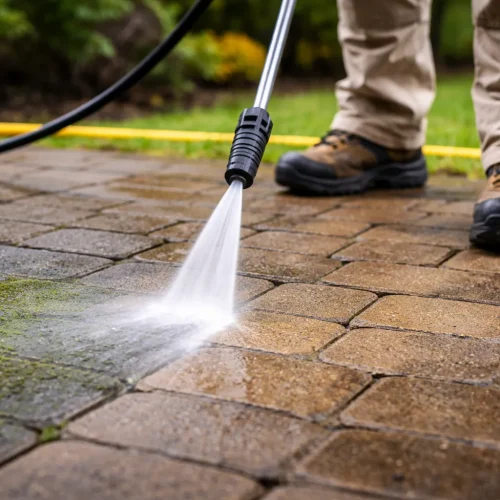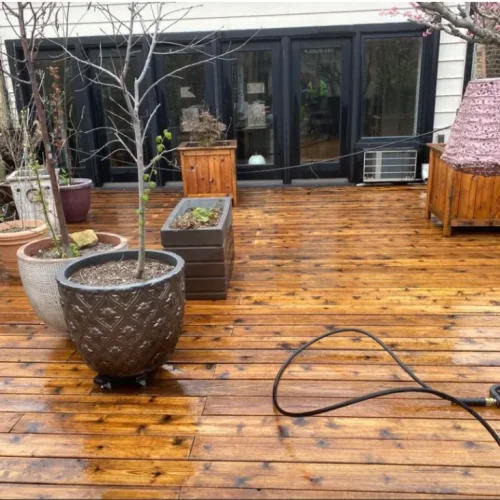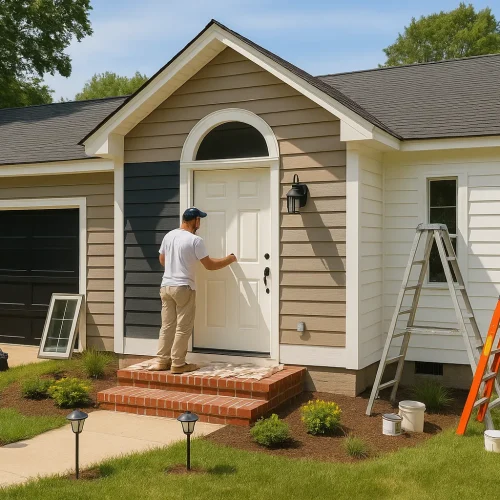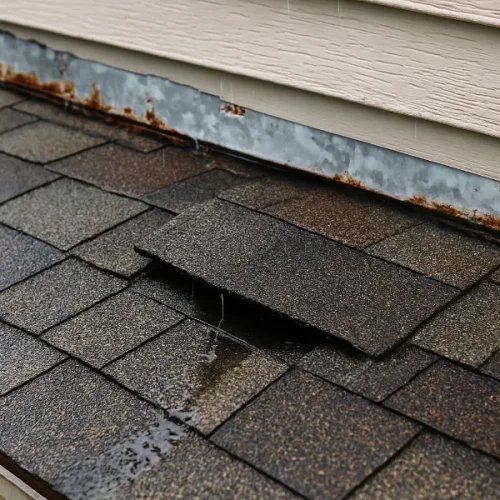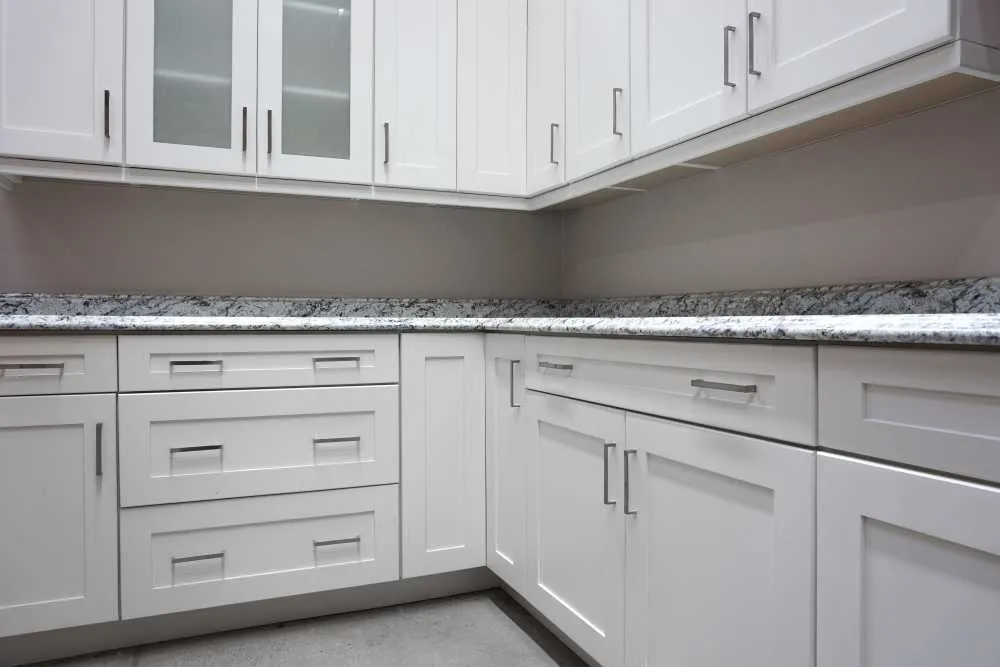
RTA or ready-to-assemble cabinets are convenient and will not cost you a lot. On the other hand, assembling them must be precise; otherwise, the look and function won’t work out well. Here, we will provide some essential tips and techniques to ensure that when you assemble RTA cabinets, their accuracy meets the standard. Following these guidelines will result in cabinets that are not only visually appealing but also strong and durable.
Understanding the Instructions
A significant part of assembling RTA kitchen cabinets correctly is understanding the instructions provided to you. It can also be beneficial to read the entire manual before you even start. Be familiar with the elements and tools used. By being prepared, you avoid making mistakes, making the process of assembling smoother, which helps reduce frustration and saves time.
Organizing the Workspace
A lot of precision comes from an organized workspace. Move some furniture aside to make room to lay everything out and organize your desk or workspace. Have enough lighting to see the small details clearly. This provides an opportunity to eliminate chaos, allowing you to concentrate on your work without losing pieces or making mistakes when assembling.
Checking the Components
Take a careful look at all parts before proceeding. Make sure every single piece matches the list in the instruction manual. This stage also helps identify missing or defective parts at an early stage. This is done to prevent disrupting the assembly process and ensure everything fits together as it should.
Gathering the Right Tools
It is essential to have the right tools available. Tools frequently used include screwdrivers, hammers, and measuring tapes. Additional specialty tools may be required, depending on the cabinet design. And when you use the right tools, which means using the right tools designed to fasten an exact component properly, the result will be a more stable and precise product.
Following the Sequence
Following the suggested order of assembly is essential. Most instructions are designed to ensure structural integrity and pliability. If you miss steps or put things together out of order, it could result in parts that are misaligned and loose. An organized approach makes it easier to assemble accurately and efficiently.
Securing Connections Properly
Ensure everything is secure and in place. Loose screws or misaligned joints can compromise the integrity of the cabinet. Place screws without over-torquing to avoid damaging the material, using the screwdriver to secure them in place. Connections that have been meticulously fitted lend longevity to the unit, allowing doors and drawers to open and close seamlessly.
Aligning Doors and Drawers
If your drawers and doors are misaligned, you may also encounter more significant issues, both in the appearance of your cabinets and in their functionality. Check for alignment frequently during assembly. You simply need to align the hinges and tracks to ensure they fit correctly. This precise alignment prevents rubbing and allows everything to open and close smoothly, contributing to the overall appearance of the cabinets.
Applying Finishing Touches
When assembled, inspect the cabinet for defects. If there are rough edges, sand them to make them smooth. Attach any final elements, such as handles or knobs, and be careful. These finishing details are what make it beautiful and complete the appearance of where to place the cabinet.
Testing Stability
Test the cabinet’s stability before installation. Press on different parts slightly to keep it steady. If it’s wobbling, simply check how it’s connected and make any necessary adjustments. This ensures that cabinet panels will not tip or shift while holding contents, providing users with confidence in their use between stability tests.
Installation Considerations
When installing the cabinet, ensure it is level. Check horizontal and vertical with a spirit level. Correct installation helps avoid future problems such as uneven wear or trouble opening or closing. Proper installation enhances the durability and functionality of the cabinet over time.
Maintaining and Caring for Cabinets
Assembly and installation are half the job, and regular maintenance does the balance of the job. To maintain their finish, kindly clean the cabinets with the right products. Inspect it periodically and tighten any loose connections as needed. As long as you follow these guidelines, your cabinets will remain in good shape and continue to function correctly for a long time.
Conclusion
Measuring RTA cabinets is crucial to their functionality and appearance when assembled. With an understanding of instructions, workspace management, and the selective use of tools, everyone can produce professional yields. Proper alignment and sturdiness not only look good but also increase the cabinet’s longevity, accompanied by satisfaction and usefulness.


